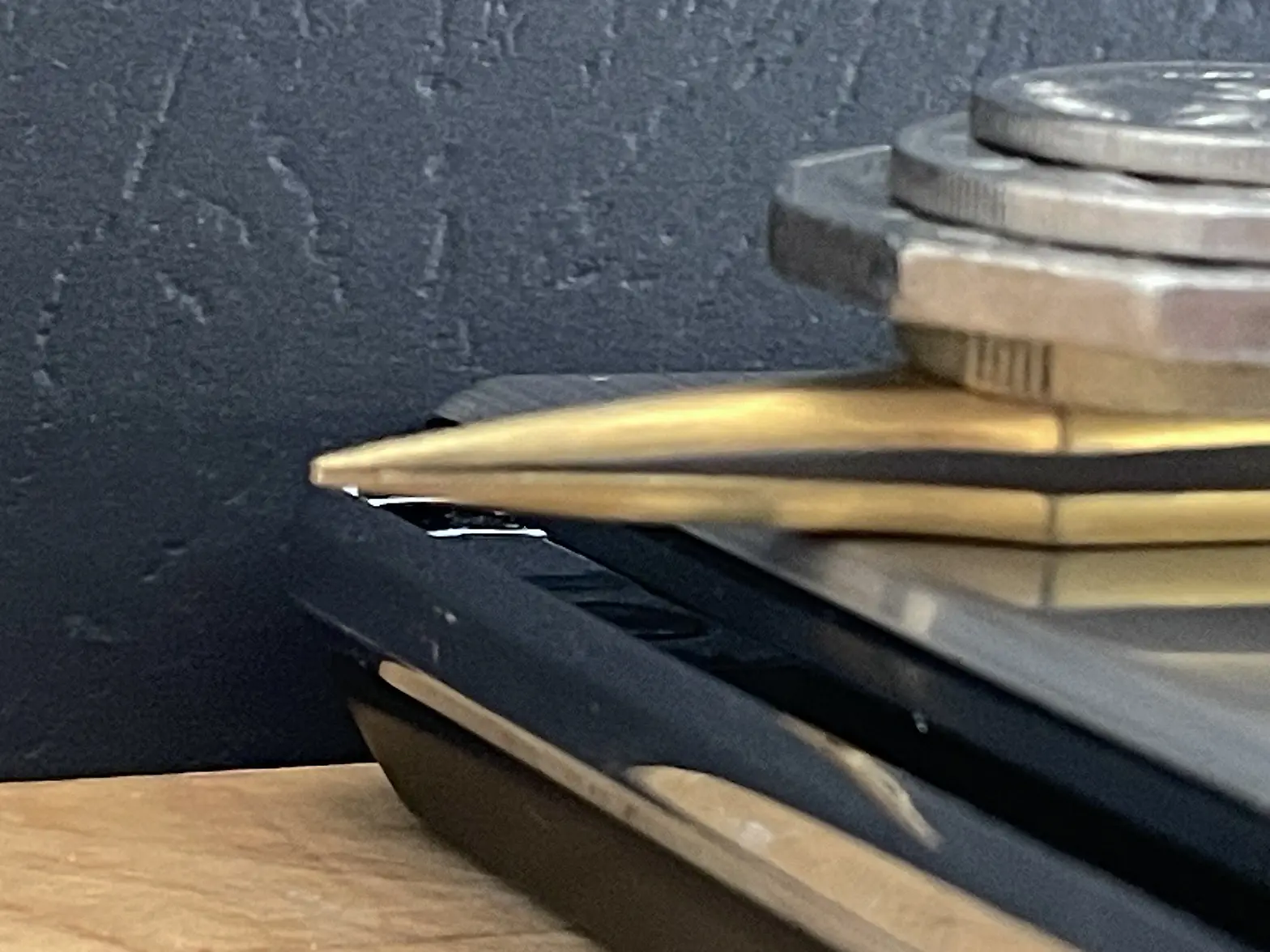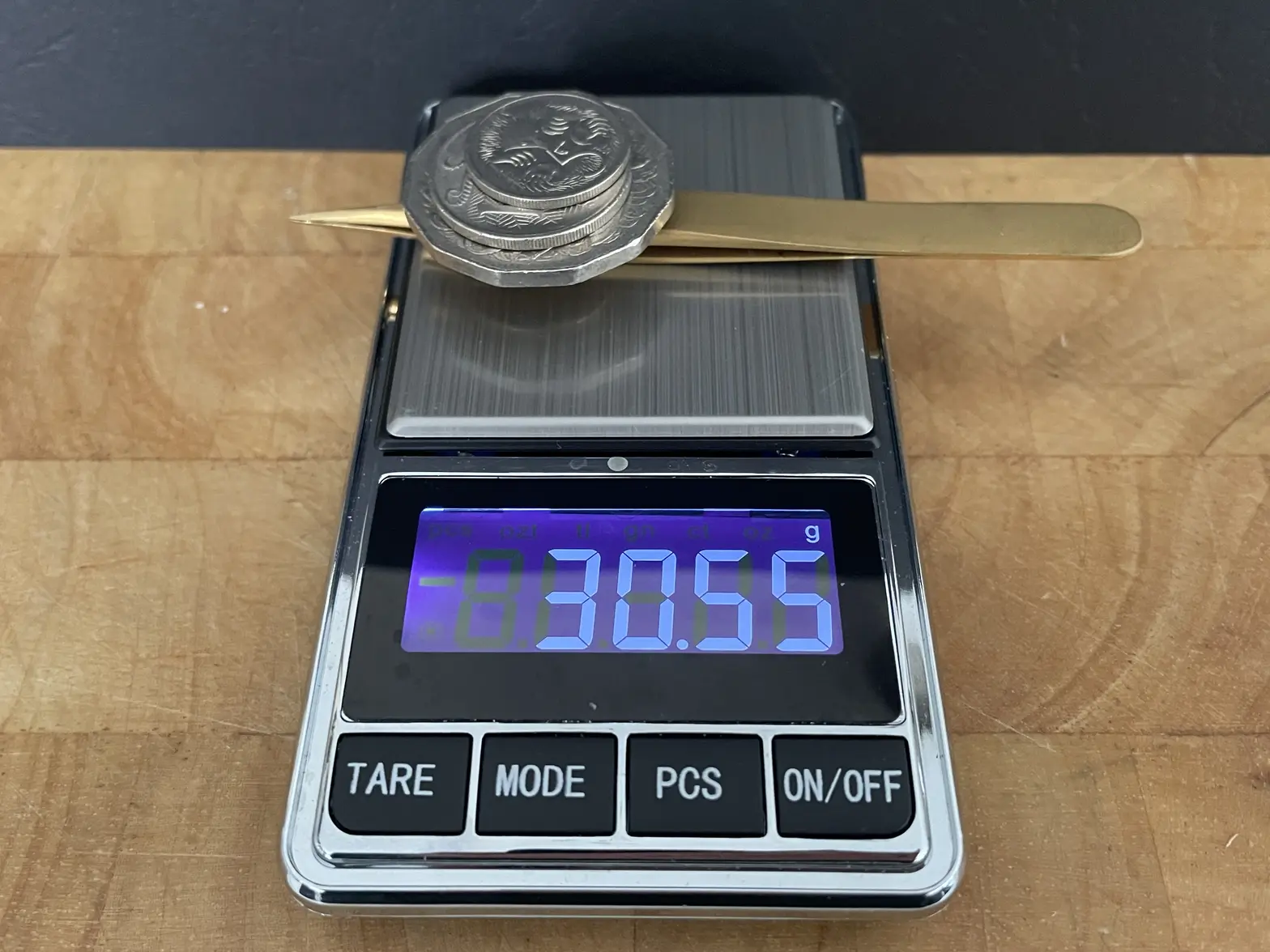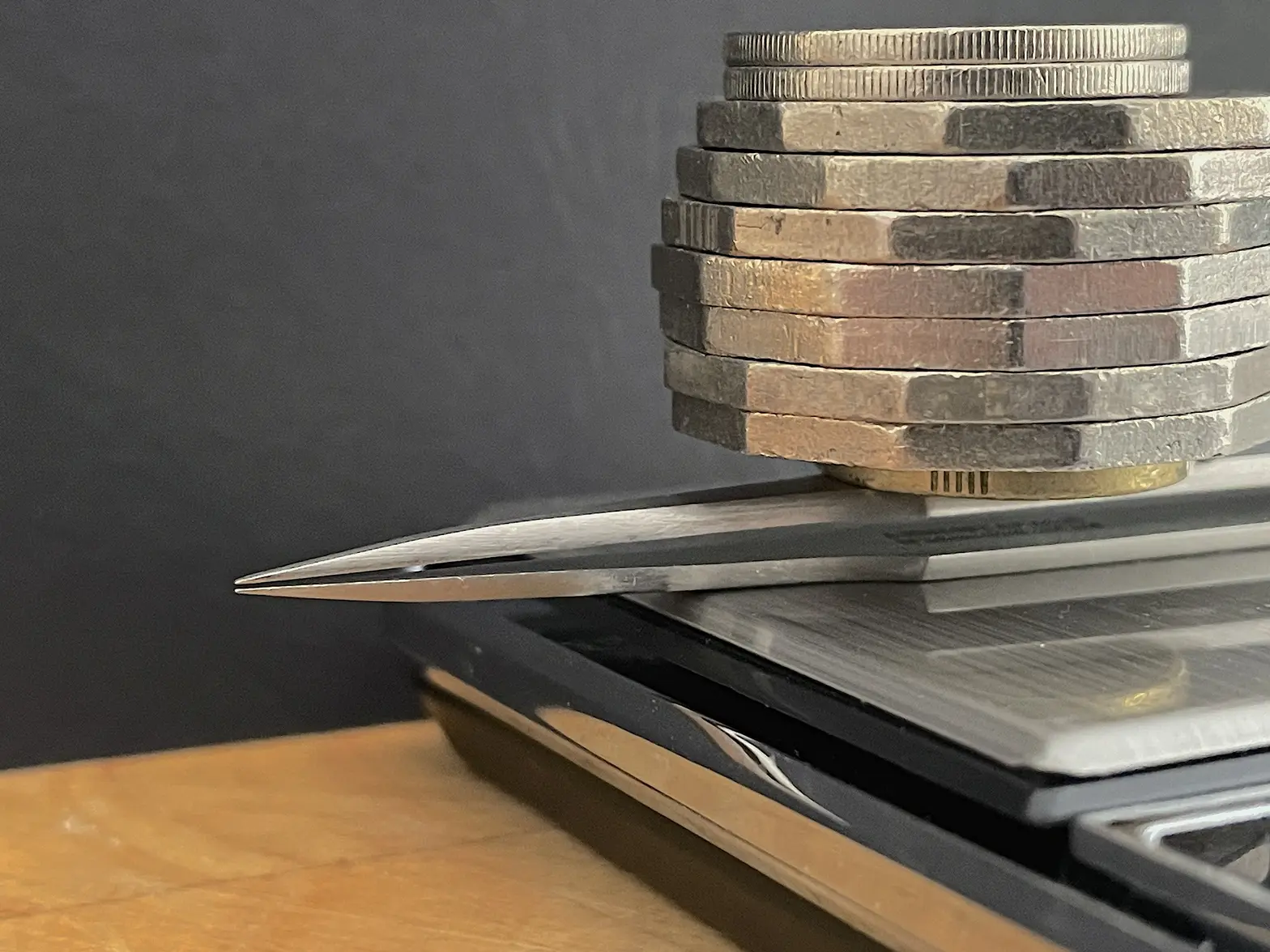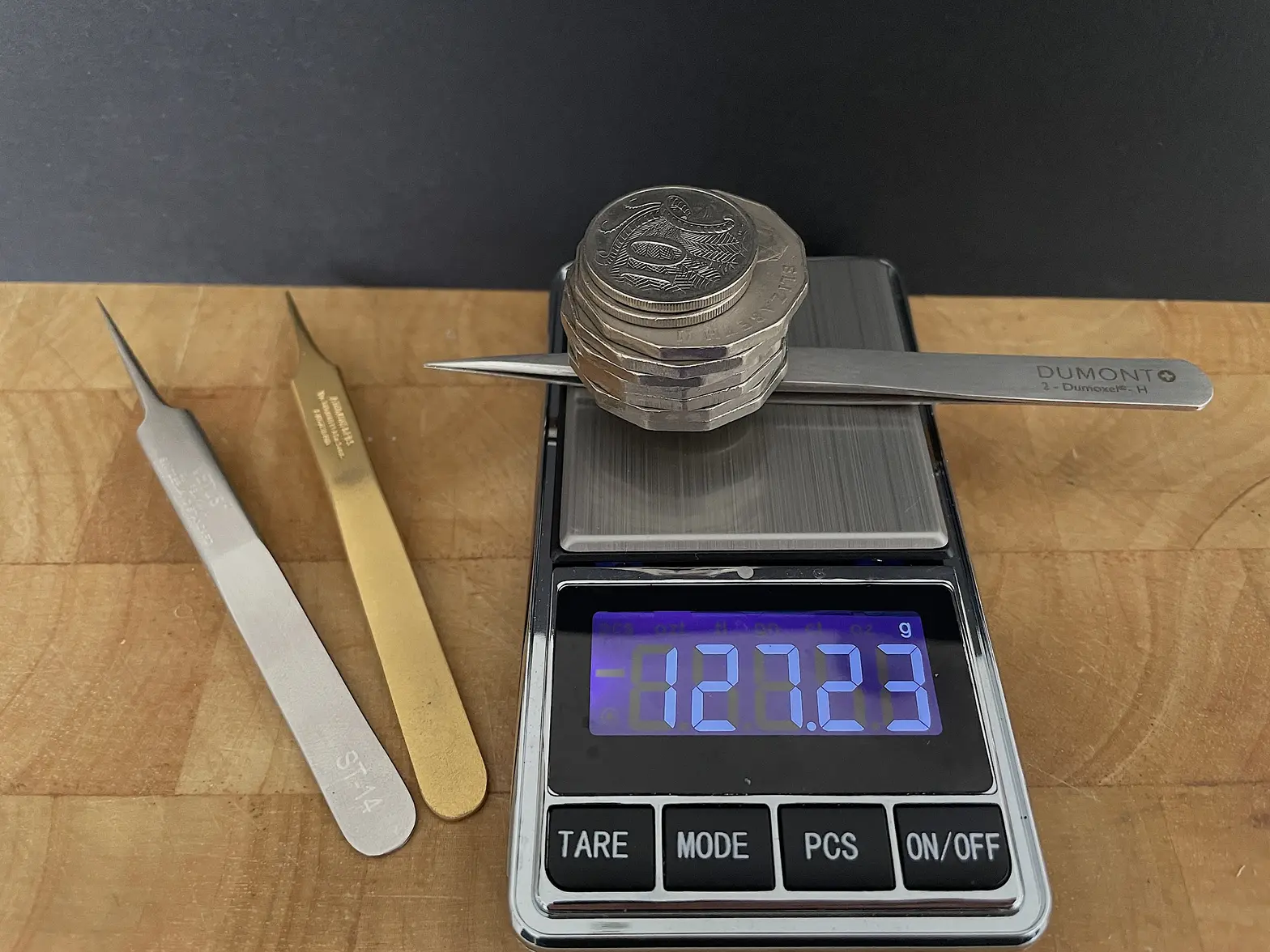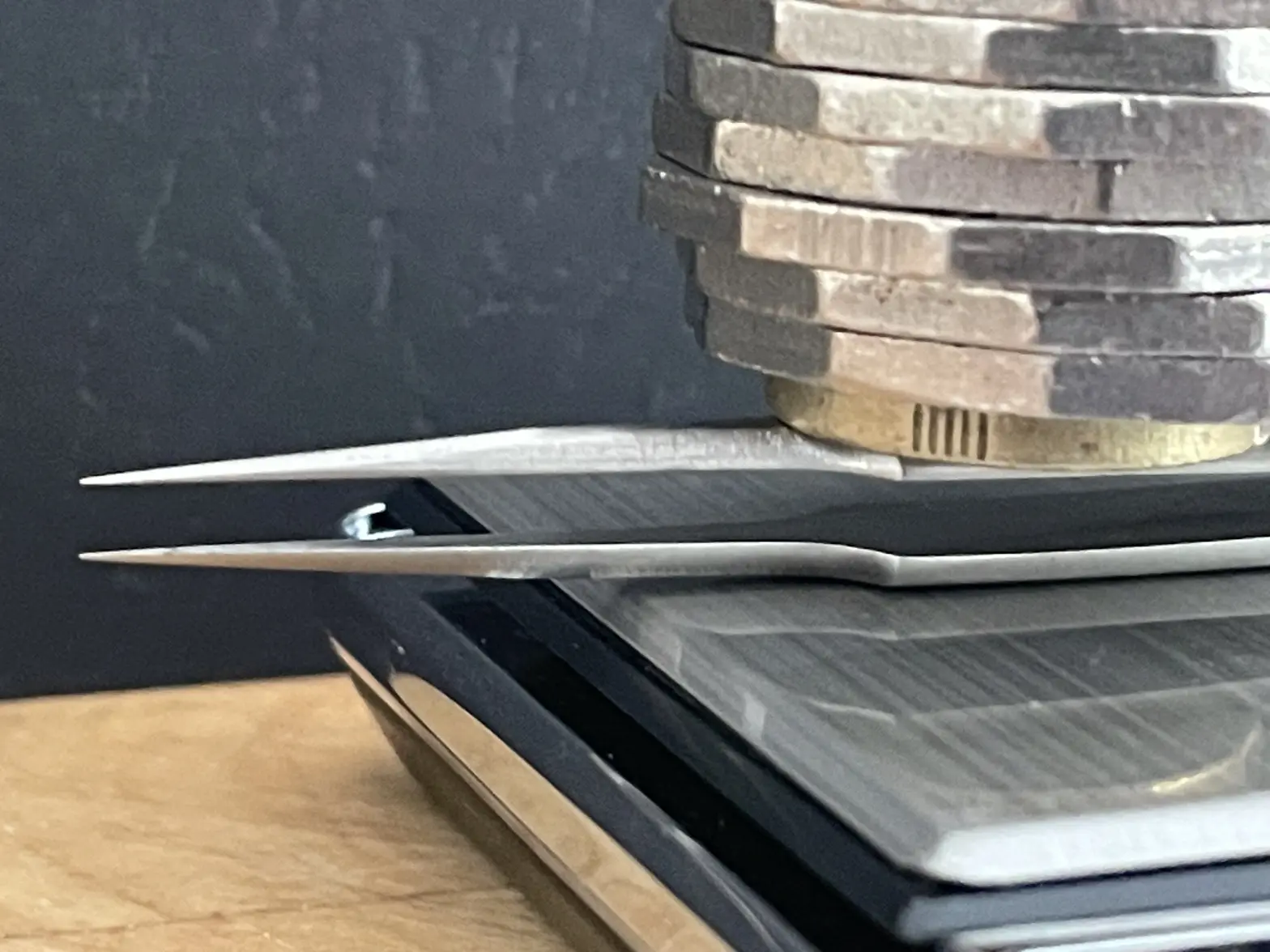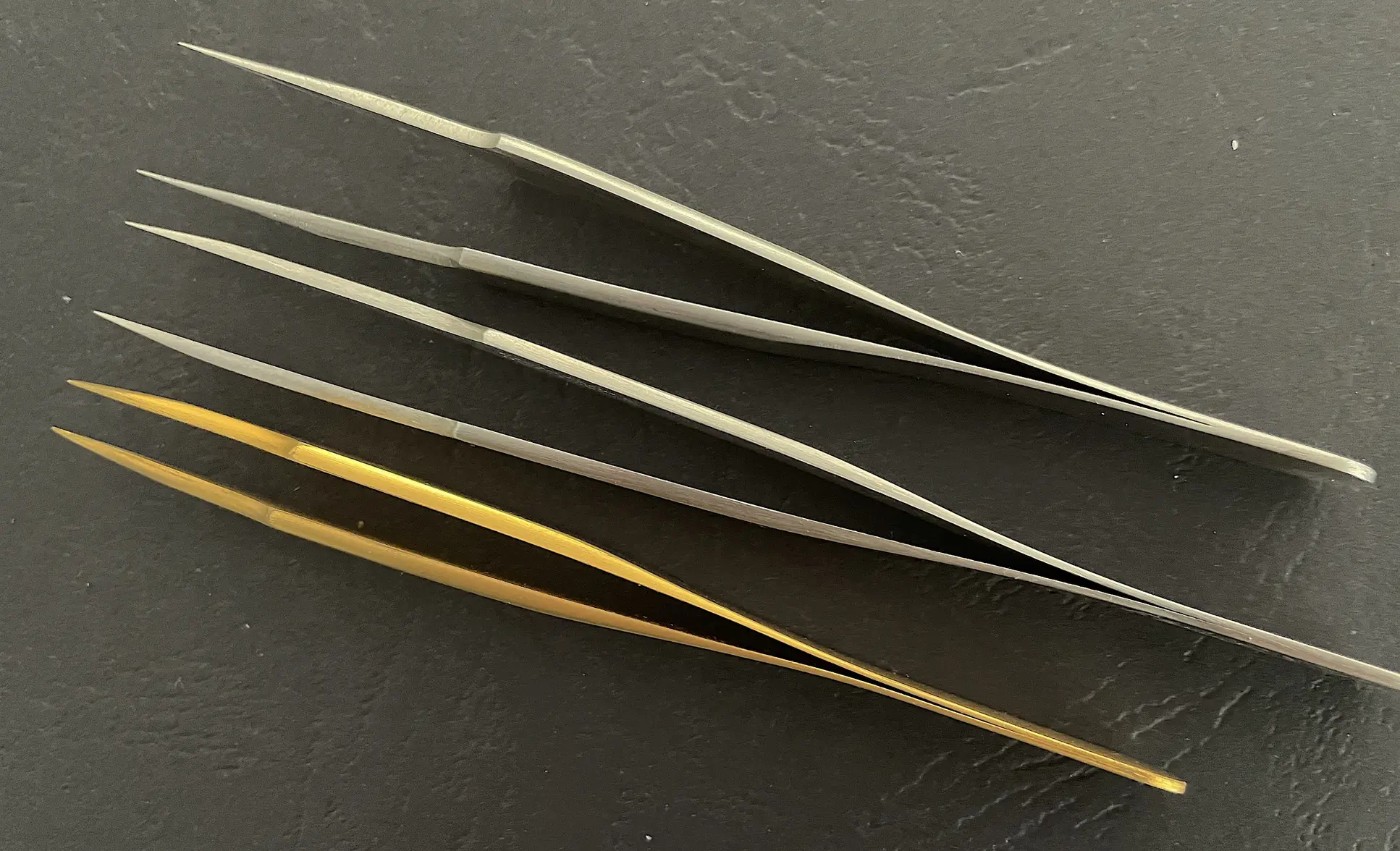- Posts
- 364
- Likes
- 342
ErichKeane
·Hi all-
I've started to get addicted to watch servicing videos on Youtube, and, as someone who is pretty mechanically inclined, I like to do this sort of thing/know how to do this sort of thing. So far, I've done a couple of Seiko builds, though they are now in my son's toybox.
As far as tools, I believe I have everything I need except for: 1- bins for the ultrasonic to keep the parts organized, 2- a mainspring winder, 3- Oils/oilers/oil holders.
I think for #1 and #3 there, I can find inexpensive ones from the usual suspects that are reasonable. For #2, I will either do the "buy a new mainspring" thing, pick up a cheap mainspring winder, or make my own for whatever movement I end up working on.
HOWEVER, I have a few issues/questions.
1- In general, I think I'd like to start with a watch I would like to wear, or would wear some day. The inexpensive Seiko or Chinese movements don't really do this for me, so practicing on one of those movements I might do, but I won't really have interest in as a watch. So I'd like to start with something vintage Longines/Omega/etc.
2- Where I can find those sorts of watches? I have been keeping an eye here, on reddit, and WUS, but older watches in the ~$500 range that need a service are rare (most I see in that range are 'oh, this is recently serviced'!). I would love to find a "needs a service, but is otherwise in nice shape" watch that I would wear (read: 34+mm, round, good looking, good brand) or be nice enough to give away as a meaningful gift, but I don't really know if there is a place I should be looking?
3- When I DO shop for parts, mainsprings, etc, is there any good shops anyone could suggest? Or for most of the vintage, is looking on Ebay about as good as you can do?
Thank you all in advance, I realize I'll never be a watchmaker, but would love to service/do a few repairs a few times as entertainment.
I've started to get addicted to watch servicing videos on Youtube, and, as someone who is pretty mechanically inclined, I like to do this sort of thing/know how to do this sort of thing. So far, I've done a couple of Seiko builds, though they are now in my son's toybox.
As far as tools, I believe I have everything I need except for: 1- bins for the ultrasonic to keep the parts organized, 2- a mainspring winder, 3- Oils/oilers/oil holders.
I think for #1 and #3 there, I can find inexpensive ones from the usual suspects that are reasonable. For #2, I will either do the "buy a new mainspring" thing, pick up a cheap mainspring winder, or make my own for whatever movement I end up working on.
HOWEVER, I have a few issues/questions.
1- In general, I think I'd like to start with a watch I would like to wear, or would wear some day. The inexpensive Seiko or Chinese movements don't really do this for me, so practicing on one of those movements I might do, but I won't really have interest in as a watch. So I'd like to start with something vintage Longines/Omega/etc.
2- Where I can find those sorts of watches? I have been keeping an eye here, on reddit, and WUS, but older watches in the ~$500 range that need a service are rare (most I see in that range are 'oh, this is recently serviced'!). I would love to find a "needs a service, but is otherwise in nice shape" watch that I would wear (read: 34+mm, round, good looking, good brand) or be nice enough to give away as a meaningful gift, but I don't really know if there is a place I should be looking?
3- When I DO shop for parts, mainsprings, etc, is there any good shops anyone could suggest? Or for most of the vintage, is looking on Ebay about as good as you can do?
Thank you all in advance, I realize I'll never be a watchmaker, but would love to service/do a few repairs a few times as entertainment.
